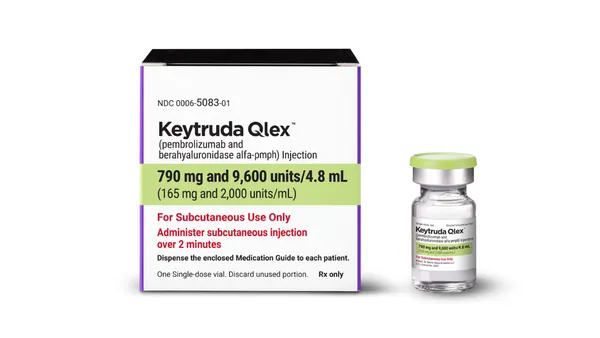Promotional Planning Organizing the Marketing Plan to Achieve a Better Bottom Line Communications Media Inc. The elements of effective strategic planning never change: we plan, we execute, we analyze, we adjust, and we plan again, hopefully, having learned how to be better in the process. Already 2006 seems destined to be remembered as “the year of ROI.” Not that return-on-investment hasn’t always been recognized as an important criterion for marketing success, it’s just that the exigencies of the moment have added fuel to the fire for the need for ROI — and right now. While this is good news for the industry at large, it should be especially gratifying, and at the same time challenging, to those responsible for planning, implementing, and controlling marketing programs in the dynamic, and somewhat chaotic, environment in which they are to be used. Given this rebirth of enthusiasm for ROI, it is a good time to review the basics that underlie the strategic planning, implementation, and evaluation of promotional planning and the tactics they engender. The elements of effective strategic planning never change: we plan, we execute, we analyze, we adjust, and we plan again, hopefully, having learned how to be better in the process. The Basics … Starting with the corporate vision, we: • Develop a mission statement, • Conduct SWOT analyses, • Craft objectives (specific quantified goals to be achieved over specific periods of time), • Devise strategies that will achieve those objectives (e.g., advertising), • Select the specific tactics needed to execute the strategies (e.g., television, professional journals, radio, office record forms, direct mail, the Internet), • Develop budgets and forecast projections, • Assign timelines and responsibilities, • Write it all down in marketing plans, • Implement the programs (commercialization), • Collect feedback, • Analyze the data, and • Adjust programs based on information derived from the data. But if everyone is doing the same things, what makes one organization’s marketing planning more successful than another’s? With NCAA March Madness soon to be upon us, consider an analogy with basketball: the rules, playing surface, equipment, objectives, and principles are the same for every team; the differences are each team’s core competencies, training, ideas, attitudes, and execution. The same is true for the work we do in marketing. It’s the best combination of how we plan and what we do that differentiates us from the competition — and wins or loses the day. The Scorecard Take a moment and see how you score. Here is a short check list that may help: 1. Do you approach the marketing planning process for each brand objectively, based on its needs relative to its life-cycle status? 2. Do you plan, develop, implement, test, and adjust every element of the brand plan in a fully integrated manner, providing coordinated visual elements and messages to well-defined target audience segments in a timely manner as frequently as needed to satisfy your strategies and achieve your objectives? 3. Do you deal with your professional, patient, and managed-market audiences in an integrated manner, altering your messages and images only as needed to satisfy audience differences? 4. Do you treat your creative agency-partner as a full marketing partner, give them a seat at the planning table, and provide them with complete information on your marketing, public relations, and overall communications goals so they can reward you with an ongoing, objective third-party perspective of your needs and the highest possible level of creativity for your brand? 5. Does the compensation arrangement you have with your agency-partner and your media planning and buying partner encourage them to work together to search out and recommend whatever broad-based and targeted media may be needed to satisfy brand needs across all your target audience segments (professional, patient, and managed market)? How Did You Score? If your response to any of these questions is no, consider rethinking whether your approach to promotion planning and implementation is integrated enough to effectively and efficiently serve your brands in today’s healthcare marketplace and marketspace. One final question for marketers to consider: Should we calculate ROI for all marketing efforts? The answer: Absolutely, it’s always important to keep score. It’s tip-off time, Coach. Is your team really ready to play? Robert A. Girondi, Executive VP, Media Research and Development Communications Media Inc., King of Prussia, Pa., is an advertising media and promotions planning organization concentrating on the pharmaceutical industry. For more information, visit cmimedia.com. Editor’s Note: Mr. Girondi retired from AstraZeneca in 2005, after more than 30 years in pharmaceutical marketing, having worked on the manufacturing, agency, and service sides of the business. He also is an Adjunct Professor in the Marketing Department of Temple University’s Fox School of Business and Management, teaching graduate and undergraduate students. March 2006 VIEW on Advertising
An article from


Organizing the Marketing Plan to Achieve a Better Bottom Line
Filed Under:
Commercialization










